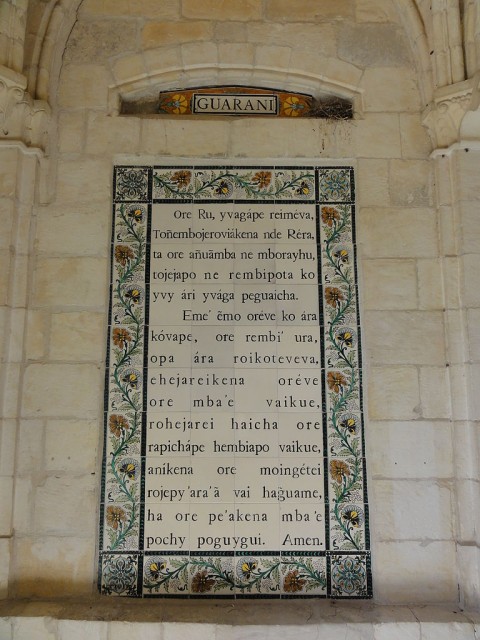Why people still speak Guaraní
The Jesuits didn't impose a European language on the Guaraní people; they actively cultivated the indigenous one.

Globalization usually means the displacement of local and indigenous languages by the newer tongues of political and cultural hegemony—English, Spanish, or French. One significant exception to this process is the indigenous Latin American language of Guaraní, which not only flourishes in Paraguay and parts of neighboring nations but is commonly spoken by nonnative peoples. The stubborn survival of Guaraní recalls an epic moment in Christian missionary history.
In the 16th century, the Spanish and Portuguese conquered most of South America. The new colonial states were brutal in their treatment of the natives, bringing millions into forced labor, serfdom, or outright slavery. Large sections of the continent were open to the depredations of bandits, mercenaries, private armies, and slave traders—the notorious Paulistas or Mamelucos. Native groups suffered appallingly, societies were torn apart, and whole peoples were annihilated.
Matters changed in the 1580s when the Jesuits arrived in the Río de la Plata basin. Well-intentioned clergy attempted to bring natives into protected reserves, or reductions, in what we would today call Paraguay and neighboring regions of Argentina, Brazil, and Bolivia. Initially, such schemes foundered on the colonial authorities’ reluctance to allow Indians to defend themselves with effective weaponry. Gathering natives into poorly defended settlements merely gave slavers the opportunity to grab larger groups of victims in a single raid, and raiders had no compunction about attacking priests or churches.





